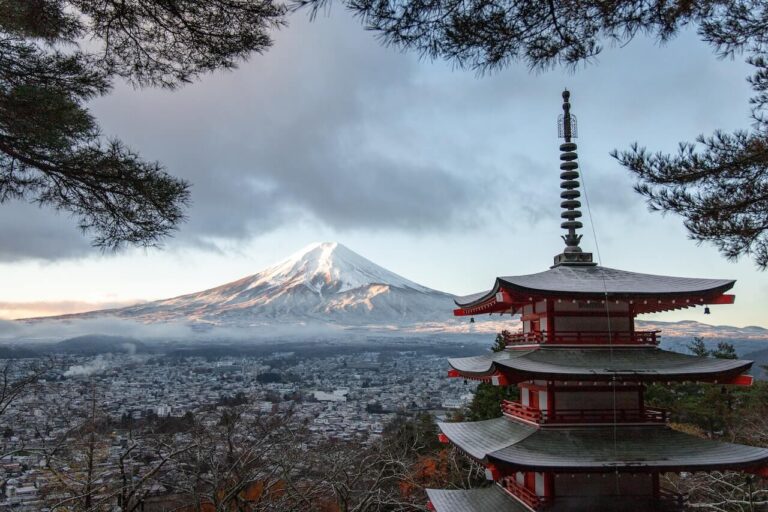
7 things you need to do when you come visit Japan
If you are considering or already decided upon visiting Japan, here is a list of what you should not miss out on when you come and visit.
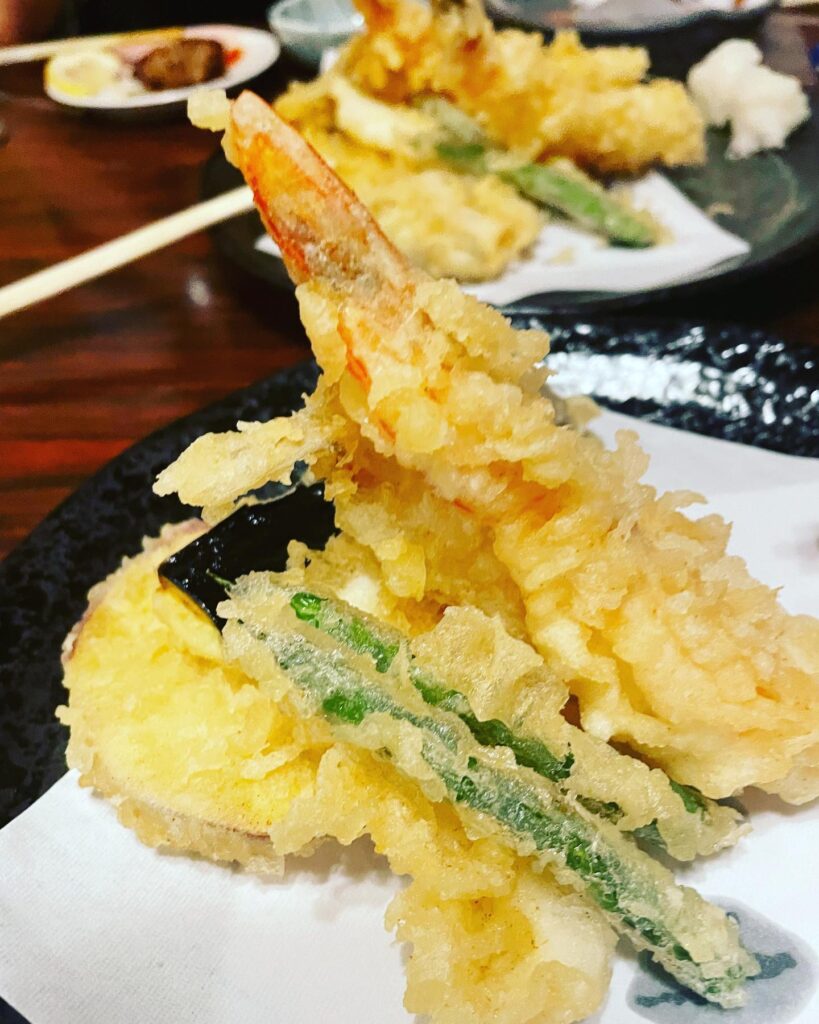
Tempura is a common Japanese cuisine that often consists of meat, fish, and vegetables that have been battered and deep-fried.
As it is cooked in light batter, it is not too oily and the crusty coating and light salting brings out the real flavors of the ingredients being cooked. While much of the Japanese recipe are either centered on meat or fish, Tempura is absolutely amazing even if you are cooking with only vegetables making it a perfect dish for vegetarians.
While Tempura is fried oil, unlike dishes like Fried Chicken, Tempura is a very elegant dish. This is because it is lightly battered which prevents the outer coating not too oily and over-powering. In comparison to conventional batter, the ratio of water is greater, which makes it crispy for a great texture, but does not interfere with the flavor of the ingredients themselves.
Furthermore, mixing the eggs with cold or sparkling water contributes to the somewhat fluffy outer coating. After the coating is mixed in the batter, it is then dipped into oil around 320-360℉ (160-180 °C) in a frying pot.
There are different kinds of ingredients that are used in Tempura. When you go to a Tempura restaurant, you will only get one or two tempura made with the same ingredient as each tempura made with different ingredients taste completely different and the restaurant owners want their customers to taste the differences of each Tempura. Below are some of the ingredients that are often used.
Meat
・ Sliced Pork
・ Chicken Breasts
Seafood
・ Shrimp
・ Sand Borer
(Small fish with elegant taste. Catfish may be a good alternative)
・ Eel
・ Squid
・ Octopus
・ Oyster
・ Chikuwa
Vegetables
・ Maitake Mushrooms
・ Sweet Potato
・ Carrots
・ Zucchine
・ Sliced Onion
・ Sliced Aubergine
・ Green Pepper
・ Asparagus
・ Parsley
・ Okura
While we do love meat, in our personal opinion, Tempura is one of the few dishes where the vegetables taste better than the meat, making it the perfect dish if you are serving a bunch of vegetarians. Highly recommend the shrimp, eel, Oyster, sweet potato, Maitake mushrooms, aubergine, green pepper and asparagus.
As for the flavoring, there are mainly two popular ways of eating it. One way is to put some salt onto the Tempura. Another way is to eat it with Tsuyu/Men-Tsuyu mixed with shredded Japanese Radish.
Tsuyu or Men-tsuyu refers to the dipping soup for used in the Zaru soba. Pouring salt over the Tempura will enhance the natural flavors of the ingredients themselves whereas, using the dipping soup will make the outer coating soak up the soup which also tastes amazing. Both ways of eating are very good, but they taste completely different so we recommend that you have them both ready if possible.
(Serving for 4 people)
・ Shrimp… 8 pieces
・ Aubergine … 2 pieces
・ Pumpkin … 4 slices
・ Shiitake Mushroom… 8 pieces
・ Asparagus… 4 pieces
・ Egg … 1/2 pieces
・ Flour/Cake Flour … 4-5 ounces (120 grams)
・ Cold Water/Sparkling water…1 Cup (240ml)
1. Using a whole egg is too much. Therefore, crack open an egg,
mix very thoroughly and once it is well mixed, pour half of it into
the cold water/sparkling water. If you are mixing it with cold
water, mix it to the point where foam appears on the surface.
2. Mix the egg and water/sparkling water mixture with the
flour/cake flour. The batter is ready when evenly mixed and
smooth.
3. Pour oil into a pot that has some depth. Make sure to put it a
least 3/4 ~1 Inch of oil. Put it on low heat and wait for it to
become ready fry.
4. While waiting for the oil to heat up, prepare the ingredients which
will be used in the tempura. Cut the back of the shrimps so as to
take the intestines out with a toothpick. Wash the vegetables and
cut them into bite-sized pieces.
5. Lightly coat the ingredients with flour. Coating the ingredients
with flour before coating it with the batter will make the outer
coating of the Tempura nicer.
6. Once the oil heats up to around 320-360℉ (160-180 °C), dip the
ingredients into the batter and fry it in the pot. Before frying the
ingredients, drizzle a couple of drops of the batter. It is the right
timing if the drops and floats back to the surface. Another
important thing you should note is that, you want to maintain the
temperature around 320-360℉ (160-180 °C). If you start frying
the Tempura, it will bring down the temperature so always be
aware of the temperature and do not cook the ingredients all at
once. Once it gets too low, turn up the heat to bring the
temperature back up.
7. Once the Tempura seems like it is ready, place it on a tray or a
plate with paper towel to drain the excess oil. Once this is
complete, its ready to be eaten.
Tip: Make sure that you have frying pot which is able to hold at least 3/4 ~1 Inch of oil. If it is not able to hold that much amount of oil, the tempuras will be cooked unevenly and the outer coating may fall off or become over-fried.
1. Using a whole egg is too much. Therefore, crack
open an egg, mix very thoroughly and once it is well
mixed, pour half of it into the cold water/sparkling
water. If you are mixing it with cold water, mix it to
the point where foam appears on the surface.
2. Mix the egg and water/sparkling water mixture with
the flour/cake flour. The batter is ready when evenly
mixed and smooth.
3. Pour oil into a pot that has some depth. Make sure to
put it a least 3/4 ~1 Inch of oil. Put it on low heat and
wait for it to become ready fry.
4. While waiting for the oil to heat up, prepare the
ingredients which will be used in the tempura. Cut
the back of the shrimps so as to take the intestines
out with a toothpick. Wash the vegetables and cut
them into bite-sized pieces.
5. Lightly coat the ingredients with flour. Coating the
ingredients with flour before coating it with the batter
will make the outer coating of the Tempura nicer.
6. Once the oil heats up to around 320-360℉ (160-180
°C), dip the ingredients into the batter and fry it in the
pot. Before frying the ingredients, drizzle a couple of
drops of the batter. It is the right timing if the drops
and floats back to the surface. Another important
thing you should note is that, you want to maintain
the temperature around 320-360℉ (160-180 °C). If
you start frying the Tempura, it will bring down the
temperature so always be aware of the temperature
and do not cook the ingredients all at once. Once it
gets too low, turn up the heat to bring the
temperature back up.
7. Once the Tempura seems like it is ready, place it on a
tray or a plate with paper towel to drain the excess
oil. Once this is complete, its ready to be eaten.
Tip: Make sure that you have frying pot which is able to hold at least 3/4 ~1 Inch of oil. If it is not able to hold that much amount of oil, the tempuras will be cooked unevenly and the outer coating may fall off or become over-fried.
1. Using a whole egg is too
much. Therefore, crack
open an egg, mix very
thoroughly and once it is
well mixed, pour half of it
into the cold water /
sparkling water. If you are
mixing it with cold water,
mix it to the point where
foam appears on the
surface.
2. Mix the egg and water /
sparkling water mixture with
the flour/cake flour. The
batter is ready when evenly
mixed and smooth.
3. Pour oil into a pot that has
some depth. Make sure to
put it a least 3/4 ~1 Inch of
oil. Put it on low heat and
wait for it to become ready
fry.
4. While waiting for the oil to
heat up, prepare the
ingredients which will be
used in the tempura. Cut the
back of the shrimps so as to
take the intestines out with
a toothpick. Wash the
vegetables and cut them
into bite-sized pieces.
5. Lightly coat the ingredients
with flour. Coating the
ingredients with flour before
coating it with the batter will
make the outer coating of
the Tempura nicer.
6. Once the oil heats up to
around 320-360℉ (160-180
°C), dip the ingredients into
the batter and fry it in the
pot. Before frying the
ingredients, drizzle a couple
of drops of the batter. It is
the right timing if the drops
and floats back to the
surface. Another important
thing you should note is
that, you want to maintain
the temperature around 320-
360℉ (160-180 °C). If you
start frying the Tempura, it
will bring down the
temperature so always be
aware of the temperature
and do not cook the
ingredients all at once. Once
it gets too low, turn up the
heat to bring the
temperature back up.
7. Once the Tempura seems
like it is ready, place it on a
tray or a plate with paper
towel to drain the excess oil.
Once this is complete, its
ready to be eaten.
Tip: Make sure that you have frying pot which is able to hold at least 3/4 ~1 Inch of oil. If it is not able to hold that much amount of oil, the tempuras will be cooked unevenly and the outer coating may fall off or become over-fried.
If this is the kind of dish you like, we have compiled some a list of dishes that you might also like for your next cooking session below.
Onigiri (おにぎり) is a dish made out of rice which is shaped in triangle or ball shape which is filled with different kinds of filling. If you go to Japan, you will see many kinds of different Onigiris sold and it is also easy to make as well.
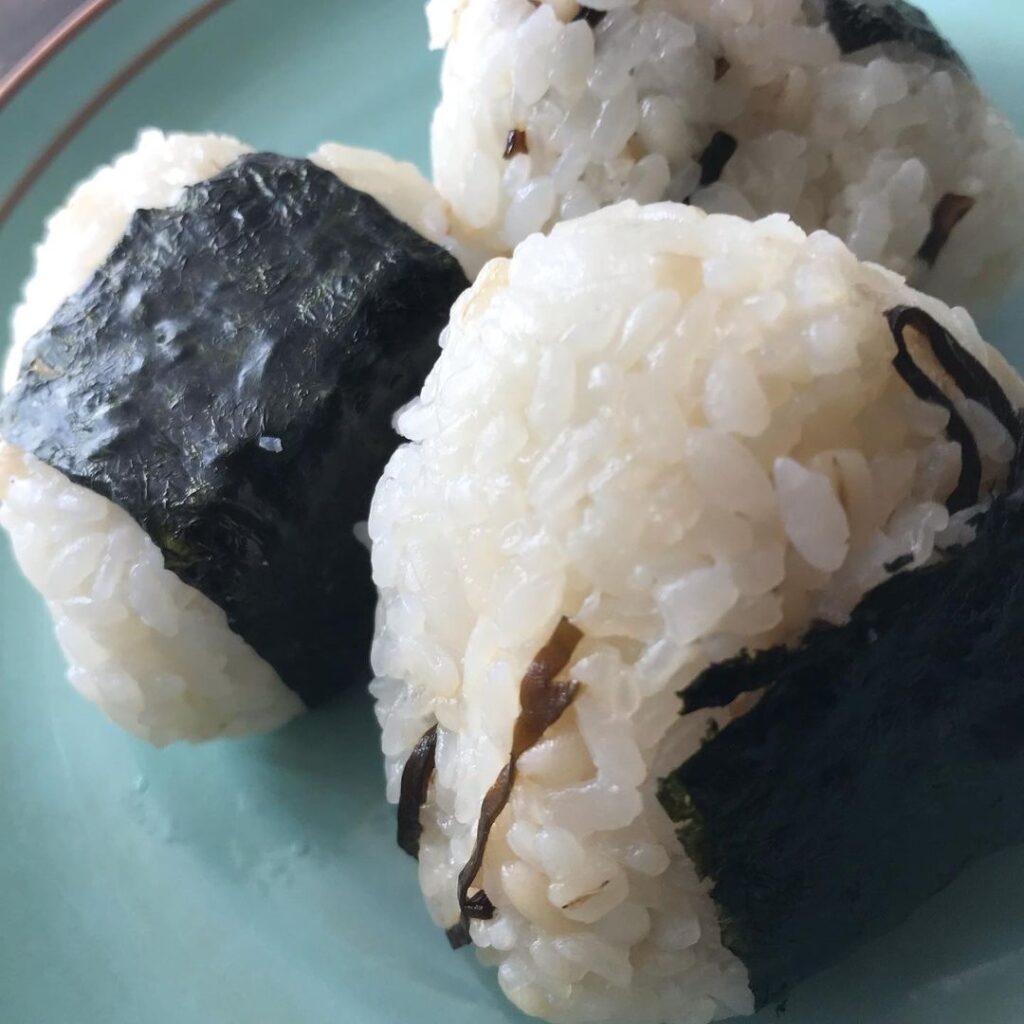

Zaru Soba (ざるそば) differs from conventional Soba as the Soba noodles are served chilled on a tray, which will also come with a dipping soup called ‘Tsuyu’.
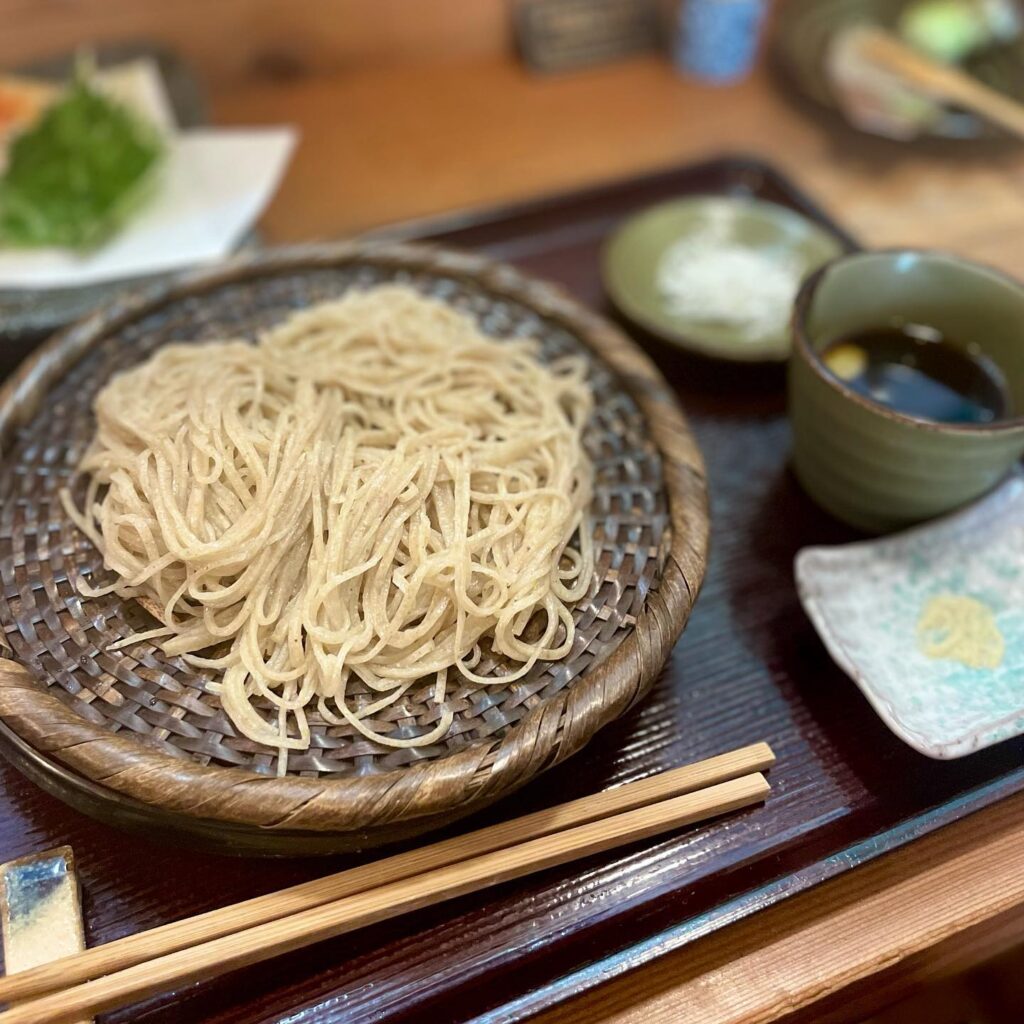

Annin Tofu (杏仁豆腐) is a delicious dessert which originated from China. While it has “Tofu” in the name of the dessert, it is made with Apricot Kernel milk and sugar and is not related to Tofu. (It is called “Tofu” most likely because of the shape looks somewhat similar to Tofu).
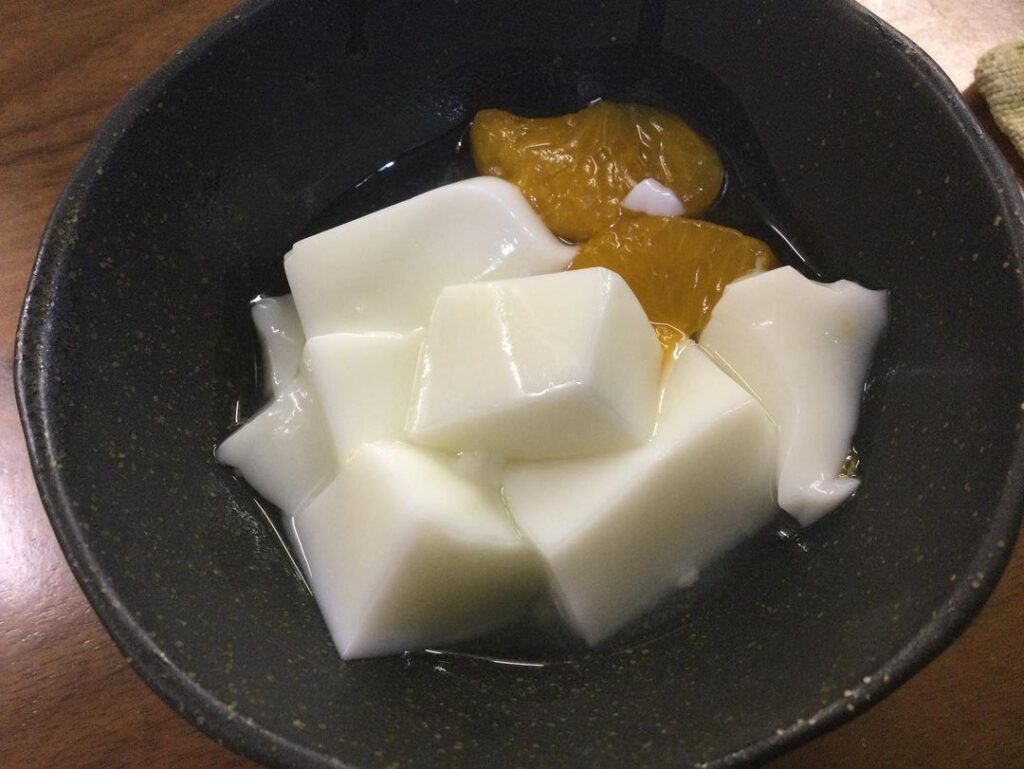

Share this recipe with your family and friends!

If you are considering or already decided upon visiting Japan, here is a list of what you should not miss out on when you come and visit.

If you go to Japan in the summer, there will be many Masturi, which is a Japanese festival taking place. While traditional dancing and festivities taking place is one reason why you should go to one, another is enjoying these festivities with some nice Japanese food which are sold in the adhoc food stand which is referred to as ‘Yatai (屋台)’ in Japanese.
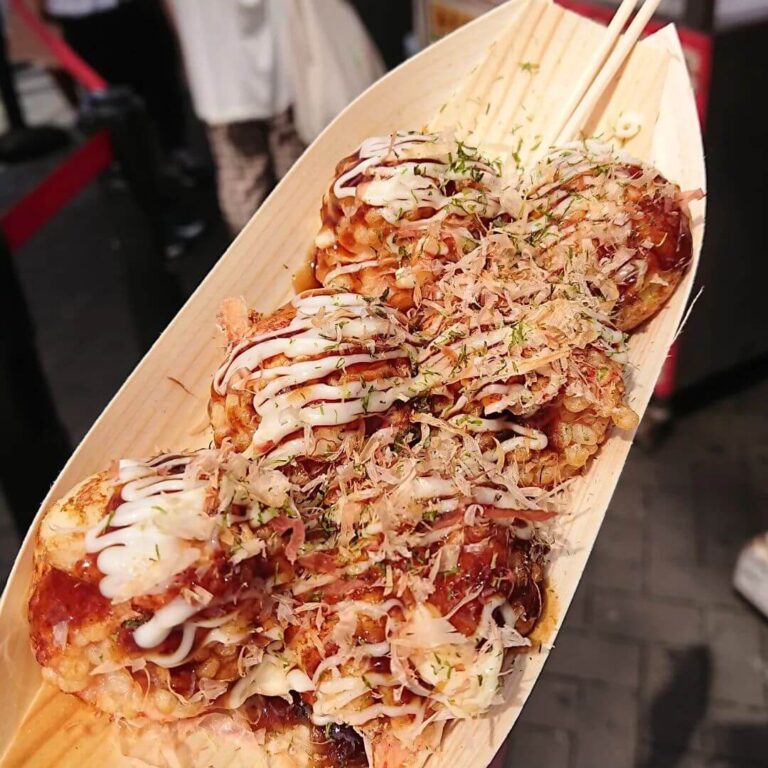
If you go to Japan in the summer, there will be many Masturi, which is a Japanese festival taking place. While traditional dancing and festivities taking place is one reason why you should go to one, another is enjoying these festivities with some nice Japanese food which are sold in the adhoc food stand which is referred to as ‘Yatai (屋台)’ in Japanese.
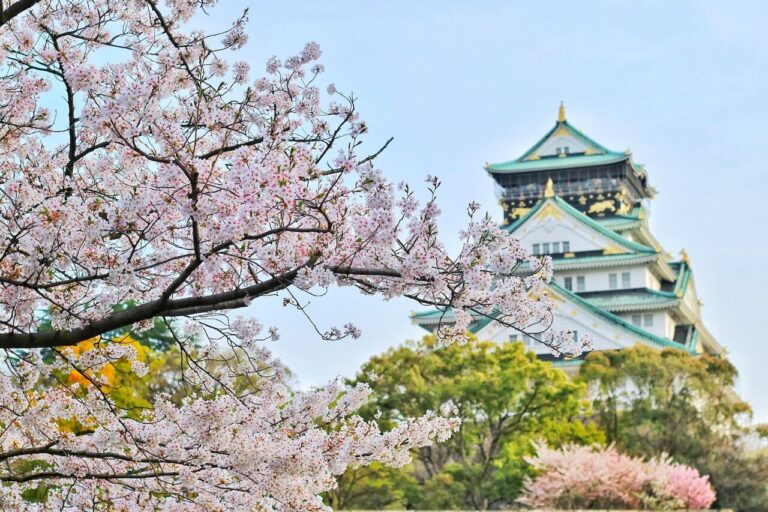
While we guarantee that you wont regret visiting Japan, there are certain time periods where it is more favorable to go than others. Although eating out and shopping is cheap, getting there is fairly expensive so you want to make sure that you get the most out of your trip.

We have selected 8 Japanese Restaurant Chain that serves authentic Japanese food if you are thinking of going to a Japanese place in LA.

In comparison to their normal prices back in Japan, they might feel a bit pricey but if you want some proper Japanese food for relatively low prices, these are some of the restaurants that you should definitely consider visiting.
By subscribing to our e-mail list, we’ll send you traditional and modern Japanese dish that is guaranteed to blow your mind!
